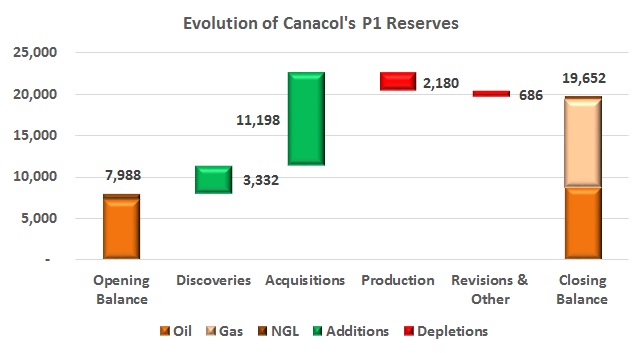The peace negotiations started another round of talks in Havana, Cuba on Thursday, October 3. There has been much said in the last weeks, but with 2014, an election year, approaching, time is starting to run out.
The General Controller of Colombia is the latest authority to criticize the General Royalty System (SGR), saying to local press that the funds are not being dispersed as they should be and that it lacked a proper transition phase.
Former congressional representative John Leoncio Jaramillo Riaño has filed a series of eight lawsuits, or “Popular Actions” in local tribunals against the use of tanker trucks in municipalities in the Meta Department. The legal action looks to force the national government to build special highways for the tankers.
Past lowering diluent costs associated with moving heavy crude, Pacific Rubiales Energy (TSX:PRE) acquisition of Petrominerals (TSX:PMG) transportation infrastructure is also a strong point to this deal. The company will form a new subsidiary to manage infrastructure assets and sell a 40%.
Jorge Bendeck, a longtime ally of the new Mining and Energy Minister Amylkar Acosta, is a small step away from taking the position as president of the National Hydrocarbons Agency (ANH), bringing his experience and focus on exploration and infrastructure with him.

Canacol’s year end is June 30th and it recently published its Annual Information form with Canadian securities regulators. Its proven reserves grew organically 24% and the Shona purchase allowed reserves to nearly triple.